East Goes South unites artists from Africa, Europe and Asia in an interdisciplinary production
By Subhalakshmi Dey
Published:1 May 2025, 12:00AM
Updated:1 May 2025, 1:55PM

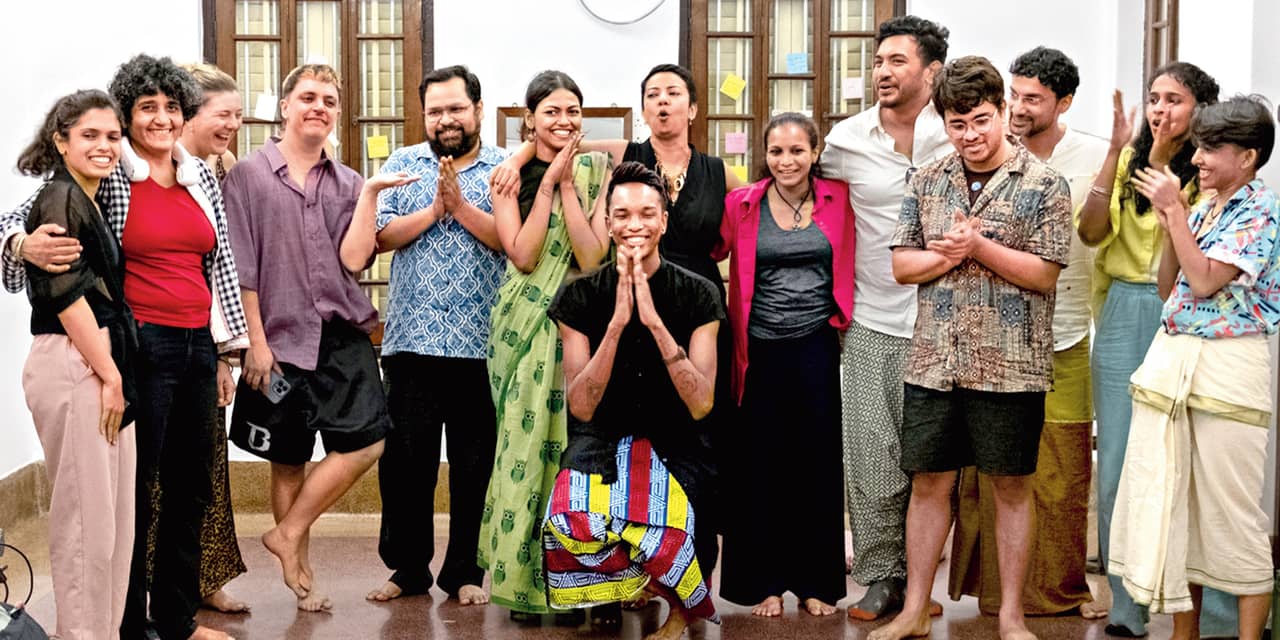

One thing you can always depend on Ninad Samaddar for is the fact that come rain or shine, he will inevitably have an incredibly cool theatrical production up his sleeve to show the rest of the city. The creative brain behind The Urban Theatre Project has been having a field day with the sheer number of ventures in the performing arts that his childhood home in Southern Avenue has been holding space for since its official public opening last year.
In a continuation of that tradition, the organisation recently hosted East Goes South — an interdisciplinary production that not only blows you away with its sheer creative ability, but also touches several personal chords within you, even if you are a stranger to the history of the project and have never experienced something like it before. I am truly not exaggerating. Every production I have witnessed at Ninad’s has been nothing short of goosebump-inducing, but this one really took the cake. Let me tell you why.
East Goes South, an initiative produced by East African Soul Train’s (EAST) OFF/TRACK Collective, in partnership with Artsforward, Citizens of the Stage Co Lab, MeshWorks and supported by the Miller-Zillmer Foundation, can only be described as a creative adventure in the performing arts, one that brings together artistes from three continents — Africa, Europe and Asia — to ‘explore the power of transdisciplinary collaborations, defying geographical boundaries and building inclusive networks’. This last bit is in Ninad’s own words, and in the words of Poppy Spowage (co-founder and creative producer, EAST), Diya Naidu (founder, Citizens of Stage Co Lab, and Paramita Saha (director, Artsforward, and co-producer of the project), who were all fundamental in bringing it to the city.
A punch to the gut
The production essentially is a brainwave that Poppy and her co-founder, Geraldine ‘Gigi’ Hepp, have worked over for the past decade. What is it like to create art, of various kinds, with strangers you meet and befriend on a train journey? That is the crux behind the production, or ‘sharing’ as so many of its crew like to call it; an attempt to bring creators and viewers together in an experience that is as far apart from mundane, everyday life as it is intricately connected to it.
Think independent pieces that upon witnessing feel like a punch straight to the gut. A powerful performance of poetry and rap that takes a stand against all the nasty politics ripping the world apart, leaving our humanity in shreds and making us forget we are all here to lift each other up instead of the other way round.
Theatre, dance, music and storytelling mingling together to create an extraordinary sense of the interdisciplinary, effortlessly. Short films that actually show you snapshots of the train journey in question in which all the six contributing artistes originally got together to ‘share’, not to forget the four producer-curators and four witnesses of the project, as integral to it as the performers. Little skits and immersive community-building, cathartic exercises that make you, the audience, as much part of the production as the artistes. Pulling you into the very essence of all the separate stories that are told, in whatever form or genre or language they may be, gently settling into your skin as soft as the fabric of an old blanket that falls comfortingly around your shoulders and reminds you of home, even if you have been far, far away.
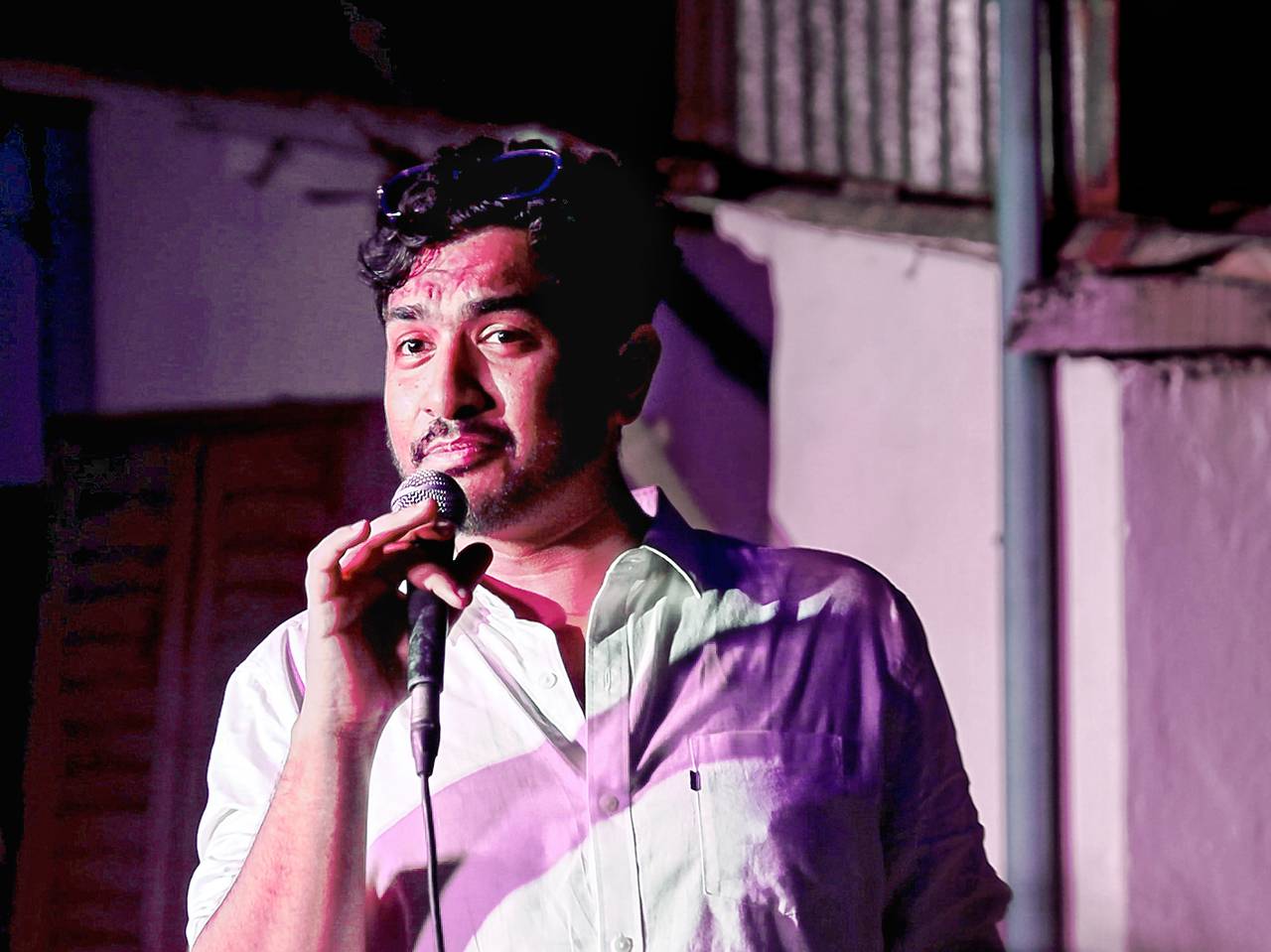
“Putting a bunch of artists on a train with producers and witnesses — how do you say no to something like that? I couldn’t. What made it even more special was that East Goes South ended at The Urban Theatre Project, which I always call a dream coming true. That’s what TUTP is meant to be — a space where artists feel safe enough to share messy, exciting, in-progress work and wild ideas. We want to offer care, visibility, and feedback that helps things grow. I really hope we were able to do that for everyone who jumped on this wild ride with us,” Ninad said.
Collaborate and reimagine
East Goes South is a show like that. I do not know how else to describe it. It is made up of a number of pieces that seem independent of each other at first but later reveal themselves to share minuscule threads that link them all together. Creating a community of artistes and makers who come together to share stories and encourage each other has always been the idea behind the project. This it does simply by how atypical it is, instead leaning into spontaneity, vulnerability, and the unadulterated joy of collaboration.
“We all believe that the world needs creativity and artistes more than ever,” says Poppy when we ask her what EAST truly stands for. “Amongst so much division, extraction and horror, our aim is to bring creatives from different disciplines and geographies together to connect, collaborate and reimagine ways of being. This is also the case amongst the team; how difference — different contexts, methodologies, backgrounds — can inform each edition of the project, but also how we can steward the community in the in-between. It has become a sisterhood: a place in the team’s busy lives and careers to breathe, to try something new and make work differently, together. I think this sense of abundance, ambition and the team’s tenderness is echoed by all the pieces themselves.”
The journey
A fitting description, especially when one looks at the sheer variety in the pieces themselves, which Diya says were not conceived first so much as were products of the train journey and what each traveller was experiencing while on it.
We have Katlego Kai Kolanyane-Kesupile from Botswana, fabulous in her one-woman act that depicts grief and rage, and the fact that oftentimes they, even as individual emotions, are one and the same. We have Oysh, whose unbridled laughter and abundant joy hits you before anything else does, who traces the individual in you in relation to the collective around you with their deeply meaningful world-rearranging exercises. We have independent filmmaker Arya Rothe, whose documentation of the train journey and capturing of snapshots from the artistes’ most vulnerable moments helps you connect with the pieces on a level so personal, you feel you have known them all your life. Deen Atger from France and London, who takes you through notions of identity, gender, and undying hope in the face of it all — the hope that keeps us alive. Sourjyo Sinha, whose guitar sings like a bird, whose music shines brilliantly through each piece, and makes the whole production sound ethereal. And Snigdha Prabhakar, who dances as though she were moving through air, each movement a story, every step light with purpose; her body speaking a language all its own.
“We didn’t choose the pieces, per se. They emerged out of the design and curation of activities that we purposefully conducted, locations we chose to stop at, and the contexts that came up through those activities,” Diya says, explaining what the essence of the play, as a cohesive whole, might be, and making you realise that the whole project is a product of all the places along the train journey that the team stopped at, and what each individual experience each creator was going through at the moment.
“The pieces came out of the experience that we curated, and each of those pieces was voluntary. We had handpicked and curated the exact combination of people who would be with us, the locations at which we worked, and the spaces in which some of our stops happened, and therefore, that influenced the outcomes. So it was more about creating the experience or the environment from which these works emerged as opposed to looking at a bunch of works that were proposed, and then selecting what we liked or didn’t like.”
A safe, liminal space
It’s not only the interdisciplinary nature of the project that stuns you, though. A lot of it has to do with the blatant trust the artistes have in each other, in the innate humanity of the project, and in the faith that it will strike a chord with their audience. For a production that spans continents, cultures, lifestyles, and age groups, and that is shown to an audience that does the same, there is an unfiltered honesty in the way it is conducted, with the warmth of inside jokes and several cups of tea, lovingly served.
“We were able to bring together this bunch of artists who came from various parts of India and the world, who agreed to give the project these eight days and jump into both the process and onto the train with us with an immense trust in the serendipitous ways things flow when artists are together in a liminal space like a train,” Paramita affirms. “The whole process was democratic in a heartfelt, authentic way, where we are all just working and creating together. Even in the times I felt we were all losing it, there was a hopefulness that I cannot deny came from just believing in the cohort and each other. That things would fall into place. There was also an invitation to the cohort to express the interdisciplinary in each of them, parts of the artistic self they might have not explored or expressed before. That is why each artiste played multiple roles, in each other’s pieces and ideas.”
There is a quote by Oscar Wilde, in his critical essay The Decay of Lying: An Observation, that goes: “Man is least himself when he talks in his own person. Give him a mask, and he will tell you the truth.” There’s something about East Goes South that goes in tandem with Wilde’s words; the ‘mask’ in question being the stage on which they tell their stories. The train ride and the community the artistes create together become a safe, liminal space in which they now tell truths that are raw, unfiltered, and human.
What it ultimately leaves you with isn’t just wonder at the project’s creative ability or admiration for the sheer logistics of pulling something like this off. It also leaves behind a lingering feeling of connection — to the people on stage, to the strangers next to you, and to the parts of yourself that you might not have looked at in a while. It’s a reminder that art isn’t always about polish or perfection; most of the time, it’s about people, and in a world that so often tries to separate and compartmentalise us, it’s incredibly moving to witness something that instead draws you in, and gently tells you that you belong here too.
And maybe that’s the real magic Ninad has been nurturing in that Southern Avenue home of his all along. Not just theatre that dazzles, but theatre that gathers.
SNAPSHOTS FROM THE PERFORMANCE
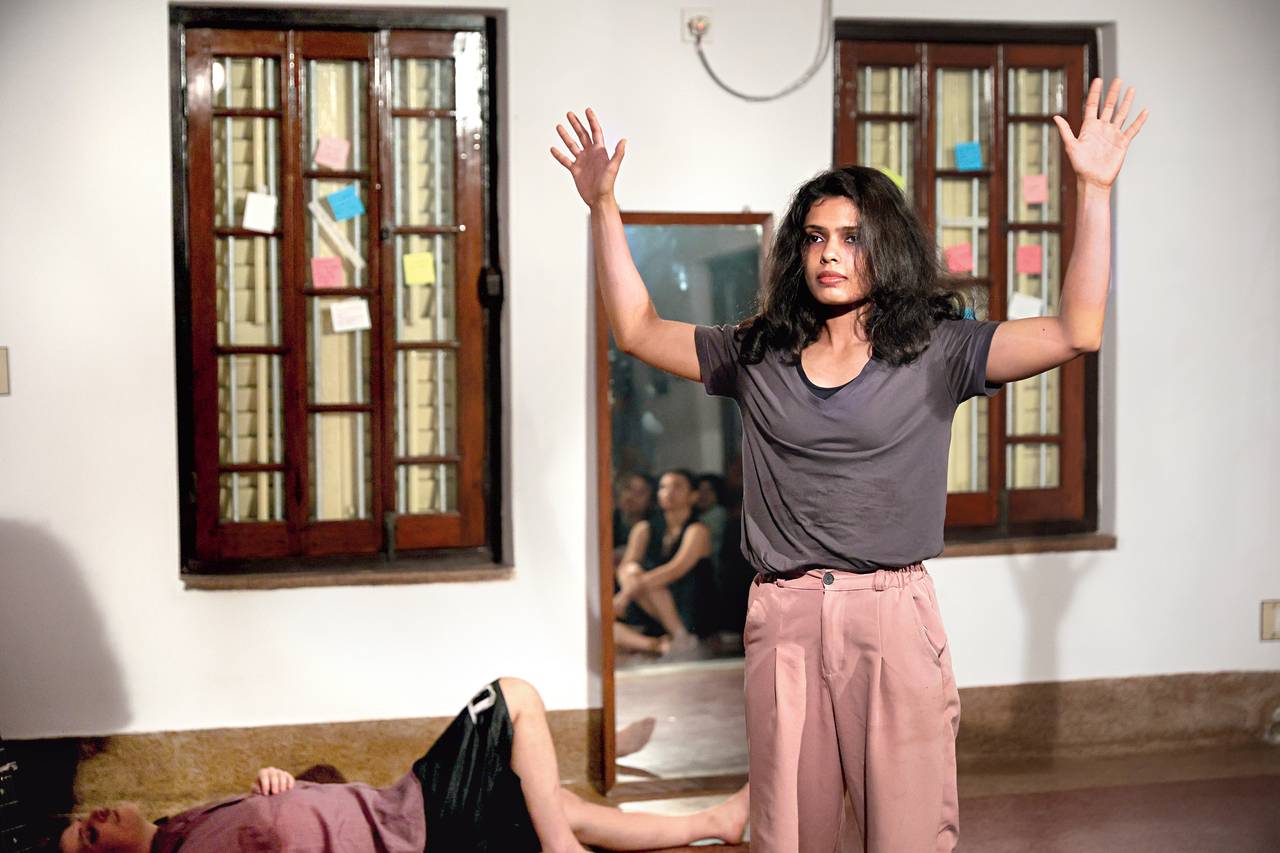
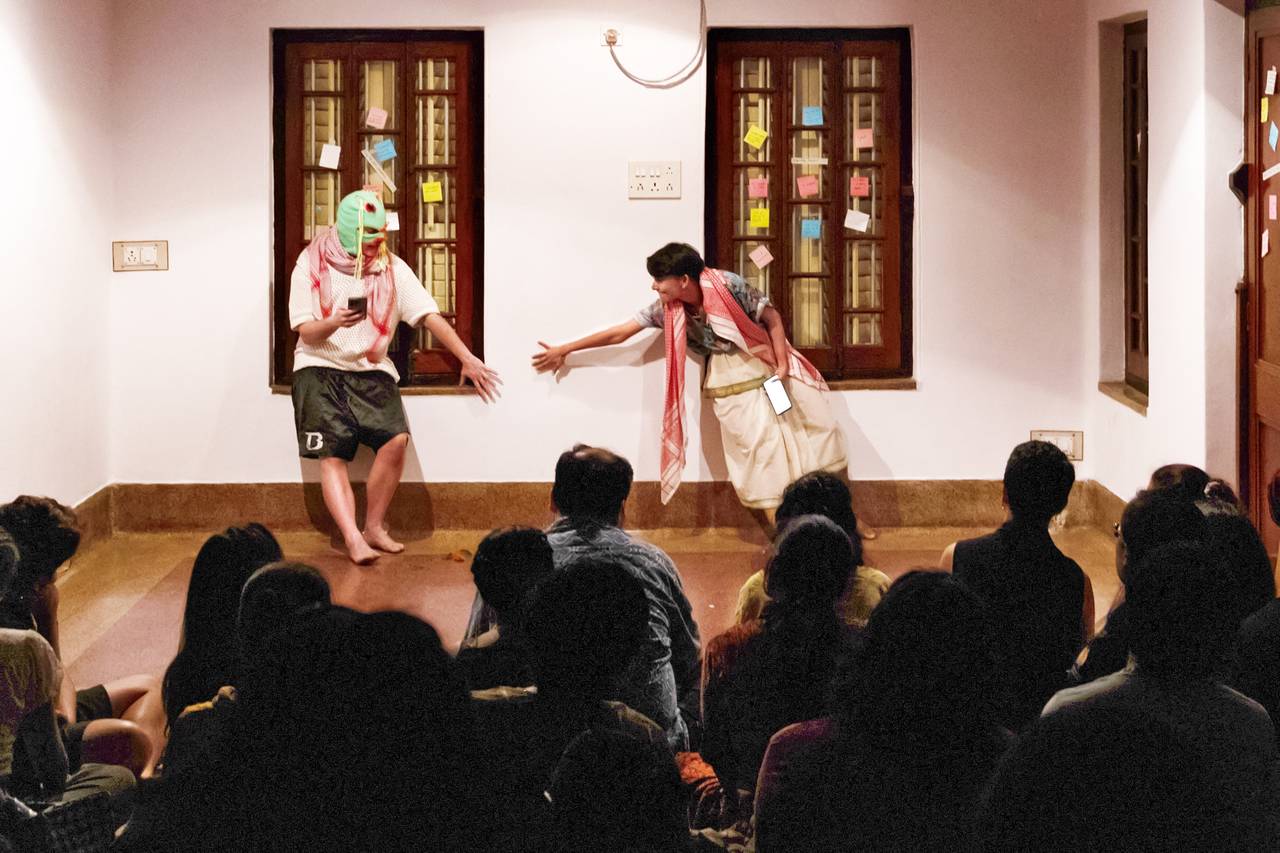
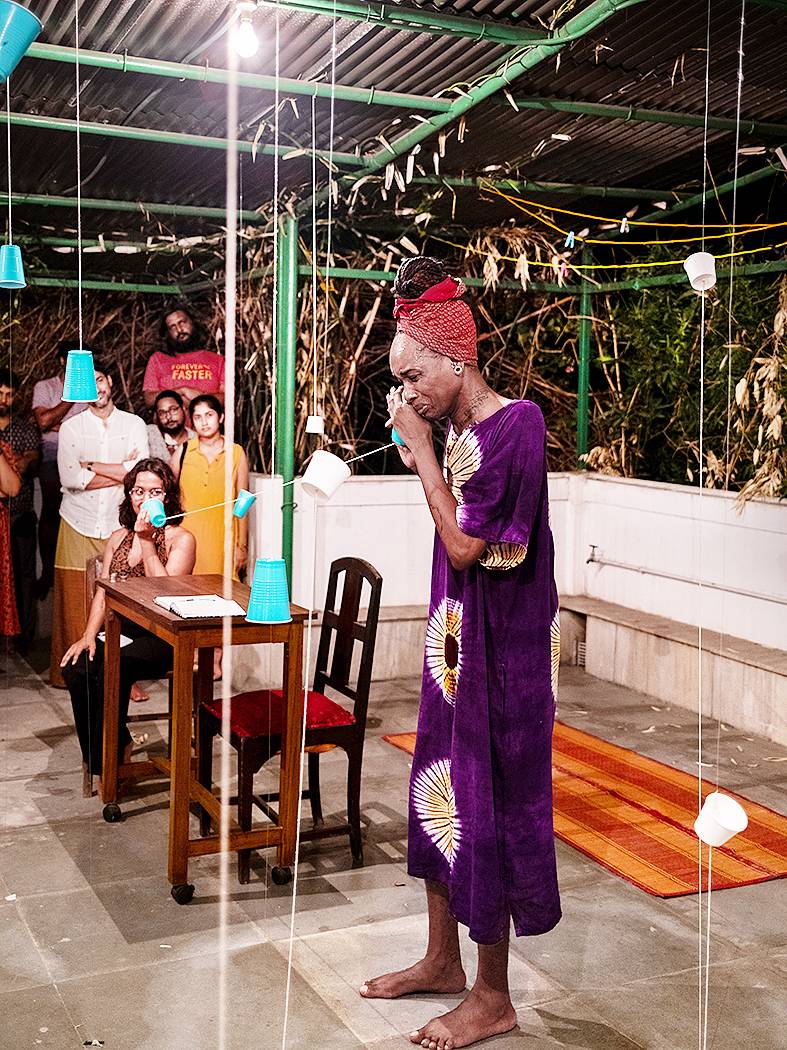
Pictures: Artsforward and The Urban Theatre Project



































